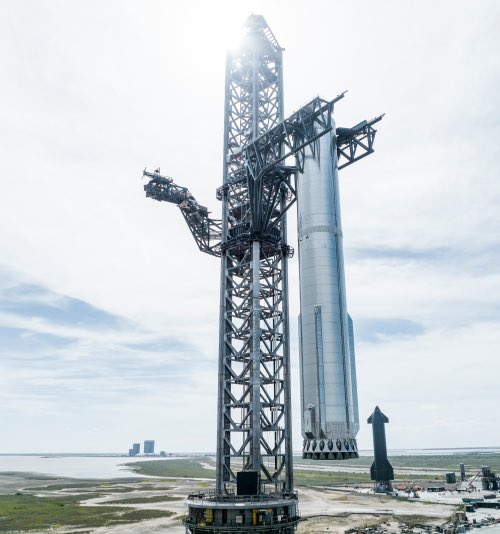Taking Starlink on a vacation sailing trip
A Starlink subscriber to the company’s RV option decided to try it on his sailing boat during a weeklong trip among the Greek islands, and found it worked surprisingly well.
They combined Starlink’s service with cellular connectivity and compared the two while using social media, Google maps, and video streaming. The outcome? Starlink and cellular complimented each other, according to Topolev.
Starlink suffered outages when it was surrounded by other boats’ masts or when the yacht made sharp turns, but worked well at sea, whereas cellular connectivity dropped out when the boat was far from the shore, Topolev said. “It was surprisingly good,” he said. “There were some outages and sometimes we had to manually reboot it … but basically it worked … almost all the time.”
The RV option is specifically for use in moving vehicles, though its use on a boat was not expected to be its prime target customers. Nonetheless, the test suggests strongly that Starlink will work quite well on the big cruise ships, one liner of which, Royal Caribbean, has already signed a deal to make Starlink operational by next year.
A Starlink subscriber to the company’s RV option decided to try it on his sailing boat during a weeklong trip among the Greek islands, and found it worked surprisingly well.
They combined Starlink’s service with cellular connectivity and compared the two while using social media, Google maps, and video streaming. The outcome? Starlink and cellular complimented each other, according to Topolev.
Starlink suffered outages when it was surrounded by other boats’ masts or when the yacht made sharp turns, but worked well at sea, whereas cellular connectivity dropped out when the boat was far from the shore, Topolev said. “It was surprisingly good,” he said. “There were some outages and sometimes we had to manually reboot it … but basically it worked … almost all the time.”
The RV option is specifically for use in moving vehicles, though its use on a boat was not expected to be its prime target customers. Nonetheless, the test suggests strongly that Starlink will work quite well on the big cruise ships, one liner of which, Royal Caribbean, has already signed a deal to make Starlink operational by next year.

